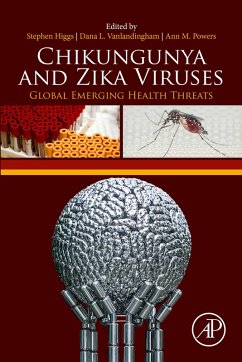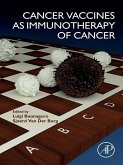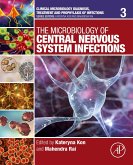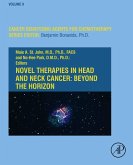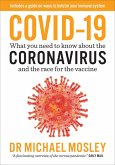Chikungunya and Zika Viruses: Global Emerging Health Threats is the go-to resource for both historical and current information on this important virus that is rapidly increasing its global range. Epidemics since 2005 have spread from Africa and Asia, and through Europe, and an ongoing epidemic has caused nearly two million cases in the Americas. It causes severe crippling arthritis, with symptoms lasting for months or years. As no vaccine or treatment is available, there is international interest in the virus, thus funding opportunities for research have dramatically increased. This book presents our understanding of the virus, bringing comprehensive knowledge in a single source.
- Provides a comprehensive collection of the state-of-the-art on CHIKV biology in a go-to reference book
- Edited by leaders in the field who provide a single, up-to-date source of information
- Gives a better understanding of the transmission and spread of chikungunya virus, a clear, coherent description of the outcomes of infection (both acute and chronic), and its biology and risk factors
- Pulls relevant background information to justify projects of many professionals developing vaccines and mosquito vector control approaches
Dieser Download kann aus rechtlichen Gründen nur mit Rechnungsadresse in A, B, BG, CY, CZ, D, DK, EW, E, FIN, F, GR, HR, H, IRL, I, LT, L, LR, M, NL, PL, P, R, S, SLO, SK ausgeliefert werden.

